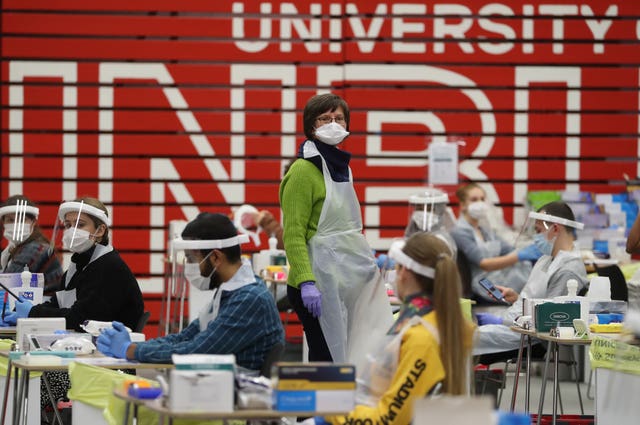Financial watchdogs have sharply criticised the government’s handling of the coronavirus (Covid-19) Test and Trace operation and insisted it must do better.
Not enough and too few
Not enough test results are delivered within 24 hours, and too few contacts of infected people are being reached and told to self-isolate, an interim study by the National Audit Office (NAO) found. With the budget for the Test and Trace service for 2020-21 soaring to £22bn, the financial watchdogs said the situation needed to improve.
The NAO found that while the government had “rapidly scaled up” the operation from a low base, at times “parts of the national tracing service have barely been used”.
The report said:
In May, Department for Health and Social Care (DHSC) signed contracts for the provision of 3,000 health professionals and 18,000 call handlers. The call handler contracts were worth up to £720 million.
By 17 June, the utilisation rate (the proportion of time that someone actively worked during their paid hours) was low for both health professional (4%) and call handler staff (1%), indicating that they had little work to do.
DHSC had no flexibility to reduce the number of call handlers under the original contracts, which ran for three months.
It negotiated new terms in August and reduced the number of these staff to 12,000, but utilisation rates remained well below a target of 50% throughout September and for much of October. This means substantial public resources have been spent on staff who provided minimal services in return.
“Out in the cold”
Responding to the study, chairwoman of the Commons Public Accounts Committee (PAC) Meg Hillier said the government had “tried to reinvent the wheel” by centralising Test and Trace, leaving local public health teams “out in the cold”. Hillier said:
Speed is of the essence but only two fifths of tests were turned around within 24 hours. And Test and Trace has only contacted two thirds of the people it knows were in close contact with someone who tested positive.
The Government needs to urgently work out what’s going wrong at every step of the process. Throwing more money at the problem clearly isn’t the answer.
Testing capacity has risen and it’s easier to get a test locally but Test and Trace’s performance still isn’t good enough.

Eye-watering figures
The study comes in the wake of prime minister Boris Johnson promising a ‘world class’ system dubbed Operation Moonshot which could cost a reported £100bn. NAO chief Gareth Davies said:
The Government has rapidly increased testing and tracing activity, building significant new infrastructure and capacity from scratch. However, it has struggled to test and trace as many people as it has capacity to, or to reach the contacts of people testing positive quickly enough.
Test and Trace is core to the UK’s pandemic response.
It must improve its performance with a focus on effective engagement with the public and integration with local efforts to improve tracing.
Dubious contract awards
The NAO found that contracts worth £7bn have been signed with 217 public and private organisations to provide supplies, services and infrastructure, including test laboratories and call handlers for tracing. It stated:
In total, 70% of early contracts by value were directly awarded without competition under emergency measures that were in use across government.
A range of stakeholders have queried why the Government did not involve local authorities more in its initial approach to tracing, given their previous experience in this area.

Missed targets
The NAO report said 24-hour result targets had not been met. It said Test and Trace:
reached its public target of having capacity for 500,000 tests per day on 31 October and is working to reach 800,000 by the end of January 2021. However, on average the number of tests carried out was only 68% of the published maximum between May and October.
[Test and Trace] recommends that laboratories use a maximum of 85% of their published capacity in normal times. A target to provide results within 24 hours of in-person testing in the community has not been met.
Turnaround within 24 hours peaked in June at 93% but subsequently deteriorated to reach a low of 14% in mid-October before rising to 38% in early November.”
A lack of planning
The report found that Test and Trace did not plan for the sharp rise in testing demand in September when schools and universities reopened.
As a result, laboratories processing community swab tests were unable to keep pace with the volume and experienced large backlogs, which meant Test and Trace had to limit the number of tests available.
The study also suggested self-isolation rates varied.
It said:
National and local government have tried to increase public engagement with tracing, but surveys suggest that the proportion of contacts fully complying with requests to self-isolate might range from 10% to 59%.










